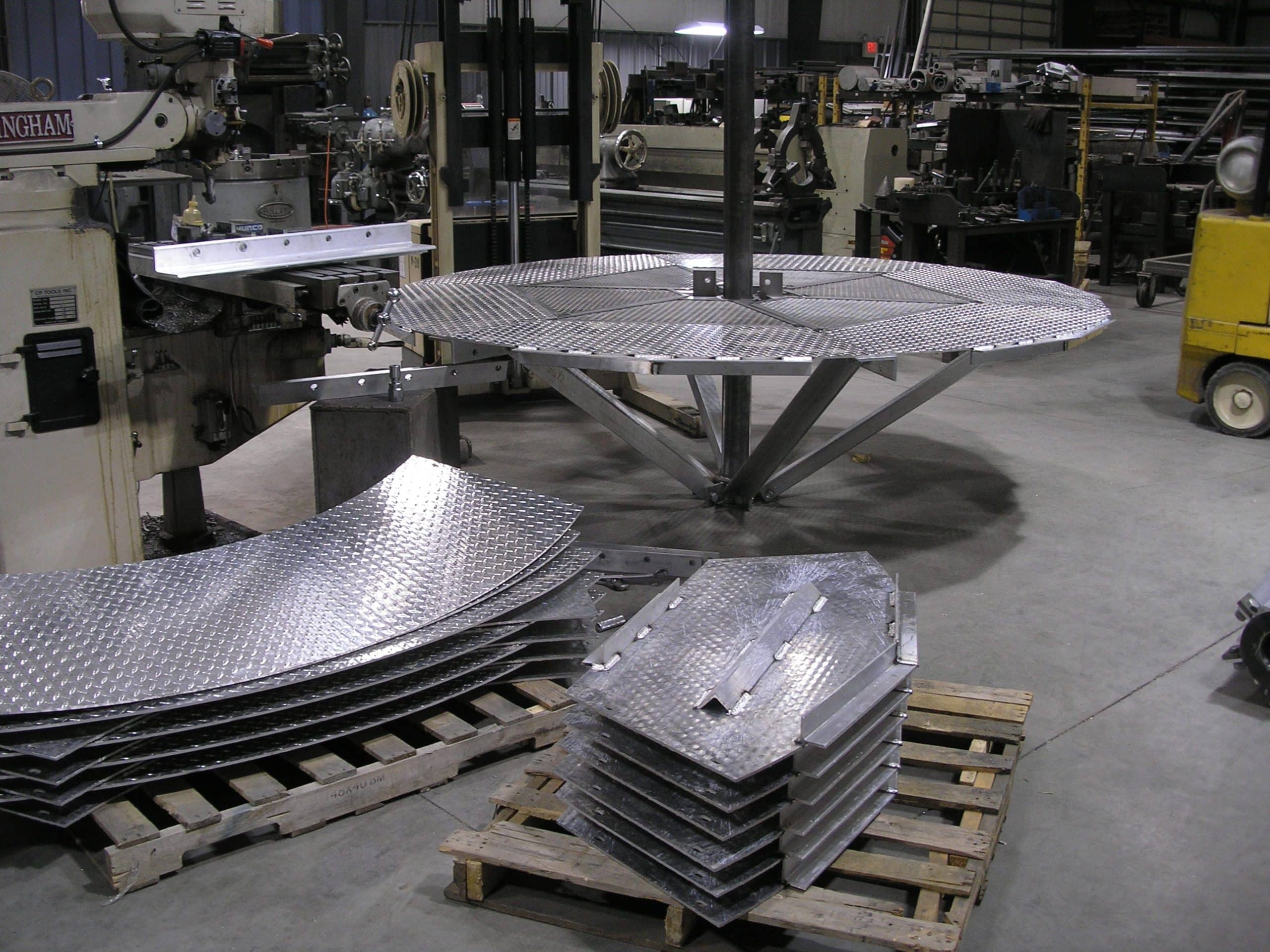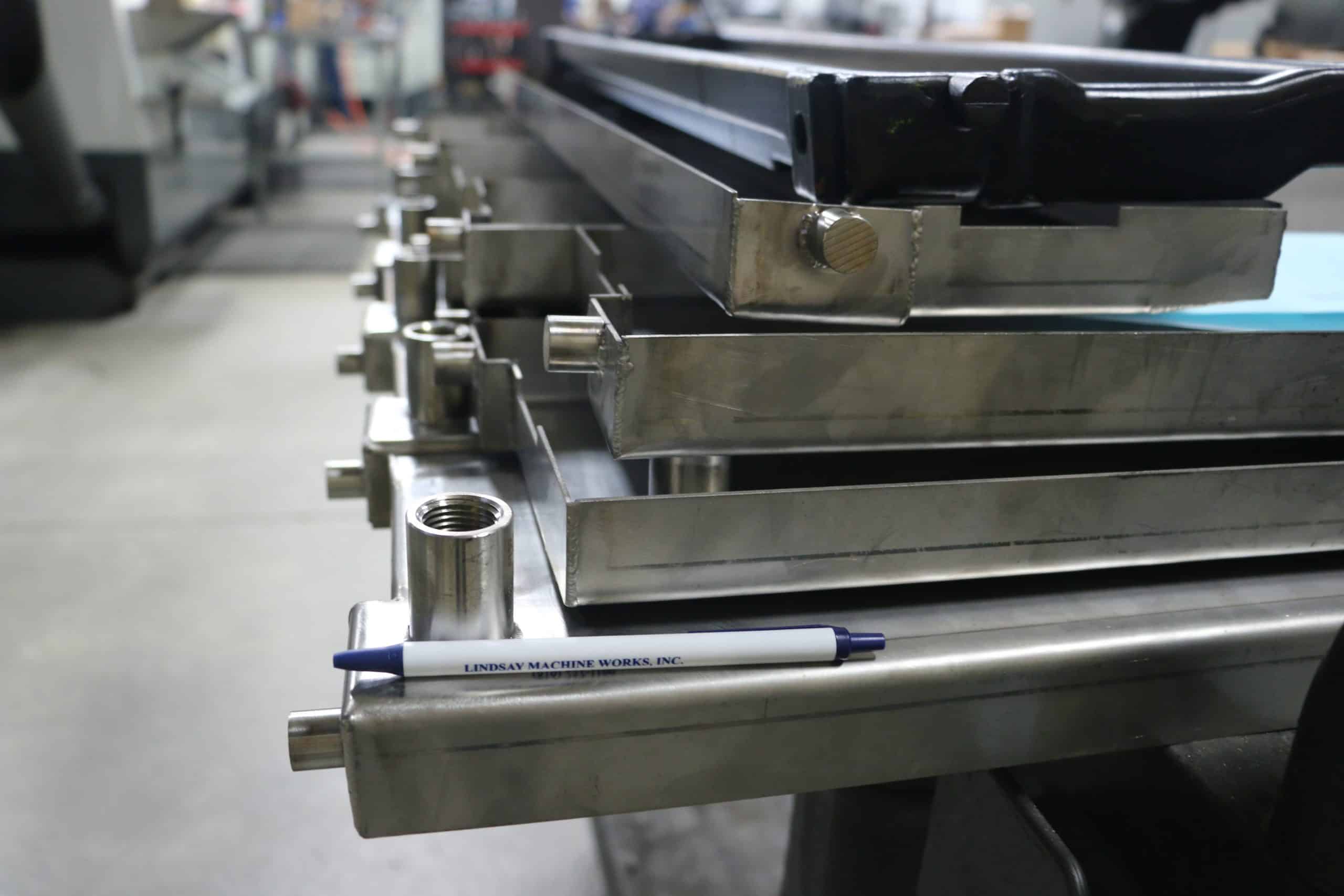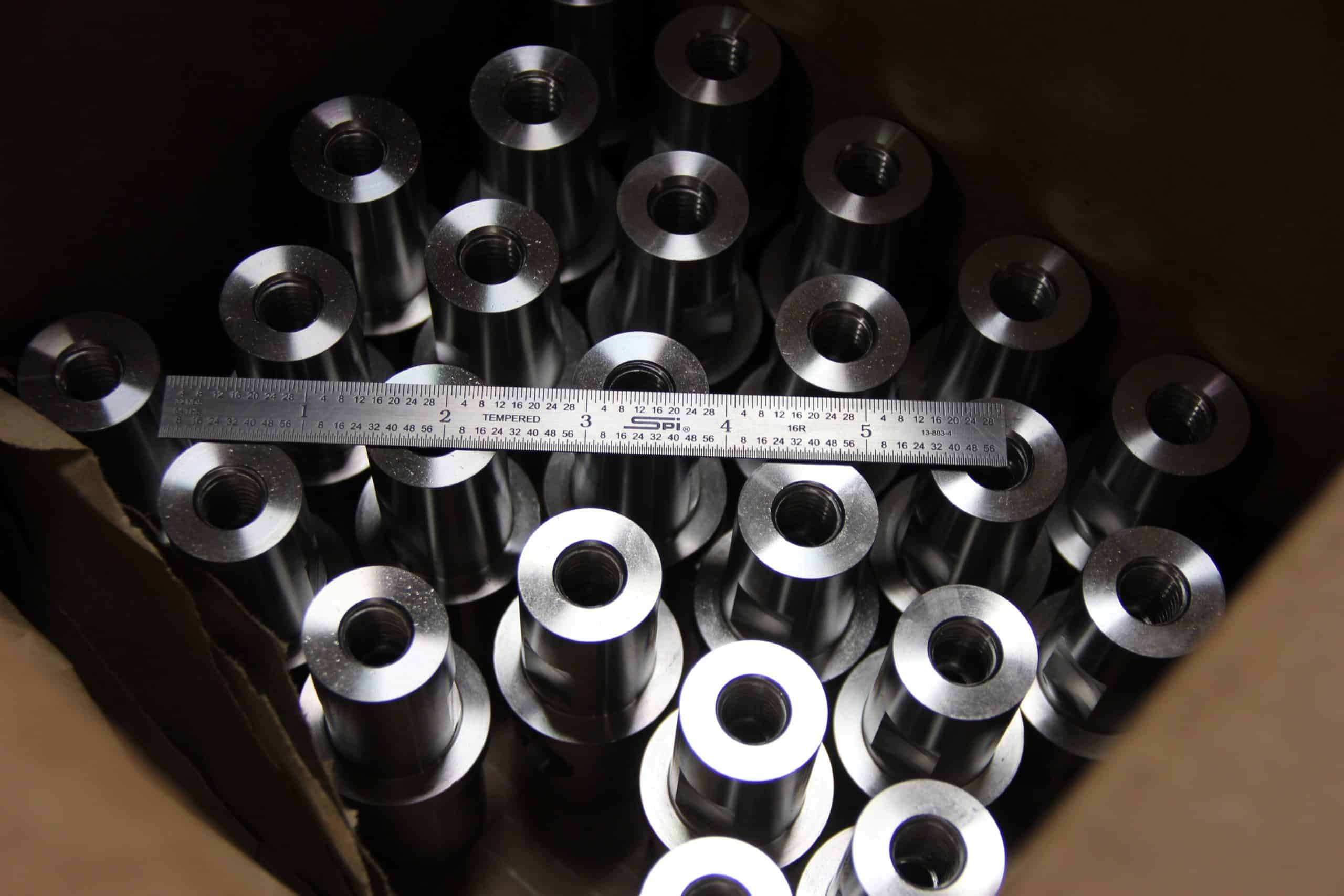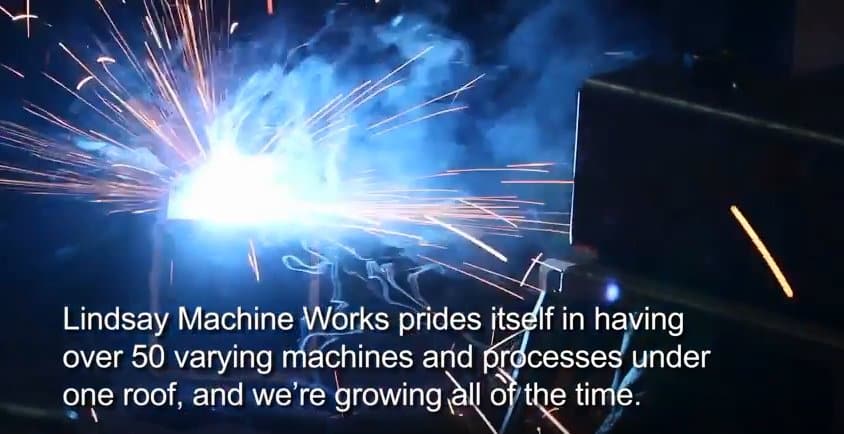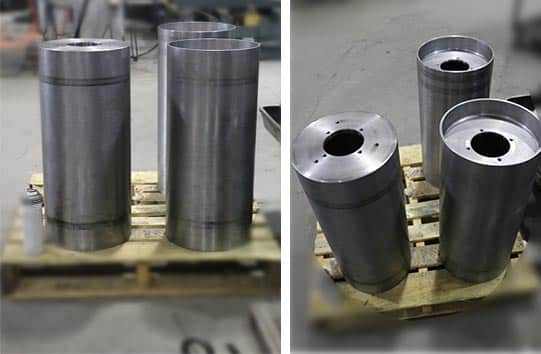Did you know the United States produces about 18.2 percent of the world’s manufacturing goods? Some of the goods the United States produce include automobiles, aerospace, electronics, food processing, and other consumer goods.
This process is an important component of many manufacturing industries. In this article, we’ll share with you the importance of metal fabrication and why your company needs it.
What is Metal Fabrication?
 When we talk about metal fabrication, we refer to the process of shaping raw metal materials into parts. The process uses techniques such as cutting, burning, welding, and machining to shape the metal and create the desired shape or width.
When we talk about metal fabrication, we refer to the process of shaping raw metal materials into parts. The process uses techniques such as cutting, burning, welding, and machining to shape the metal and create the desired shape or width.
The majority of the material used is sheet metal, which can be molded as thick as .25 inches. You can find examples of metal fabrication in many places such as:
- Cans
- Cutlery
- Hand tools
- Bolts, nuts, and screws
- Pipes
- Pipe Fittings
- Metal doors and windows
- Car parts
- Equipment attachments
The metal fabrication industry is necessary to produce parts for products of mass consumption. For example cans, screws, and cutlery fit into this category.
Aside from creating large quantities of items, with this process you can also customize other metal products. The industries that use metal fabrication are some of the following:
- Agricultural
- Automotive
- Alternative energy
- Aerospace
- Consumer products
- Military
- Recreational vehicles
- Equipment Manufacturers
With this process, each business will have a specific product that fits the specific needs of that business.
Types of Metal Fabrication
Within the realm of metal fabrication, there are three main different types of products that are produced to fit the particular industry such as commercial, industrial, and structural industries.
Commercial
In the commercial fabrication industry, the production leans towards consumer industry products. For example, cars and appliances are products commonly useful to consumers.
Industrial
Unlike commercial fabrication production, industrial fabrication produces pieces that will be useful in other equipment. Although industrial fabrication goes into producing pieces for machinery, these machines produce consumer products.
Other types of pieces in production in the industrial sector include band saws, iron-working machines, and similar.
Structural
As the name suggests, structural fabrication refers to the pieces used to aid the building process. In large-scale fabrication production, you can expect to see the components used to complete buildings and even skyscrapers.
The way each of these products goes into production varies slightly depending on the steps required to produce each one.
What is the Metal Fabrication Process Like?
Even though the process revolves around cutting and shaping the metal, there are several steps involved to achieve the desired result. For example, manufacturers have to think about the design, fabrication, and finishing.
The Design
In the metal fabrication process, the most important step is the design. In some instances, the company that requires a project will give the manufacturer the full design.
Other times, the manufacturer helps the company fully develop a prototype.
They work with the company to develop the design, test and perfect it before the large run goes into production.
In recent years, as more technology develops, fabricators have begun using a technique called Computer Aided Design (CAD) or Computer Aided Manufacturing (CAM) in the design process.
Using CAD and CAM, the manufacturers can create 3D prototypes of what their clients want in order to show them what the end model is going to look like. Having a 3D model ensures the piece will serve the right function.
Fabrication
Once the design step is completed, the next step is to build the actual metal piece. Each piece is cut and shaped using tools such as mills, shears, lathes, and nibblers.
With the help of these tools, as well as Computerized Numerical Controls (CNCs), they can be sure each piece comes out with the correct specifications. The tools receive specific commands from the CNC, which is why all the different pieces end up looking exactly alike.
Finishing and Assembling
After the fabrication process is done, the last step is finishing and assembling all of the metal fabrication pieces. This step is extremely important because it makes sure all of the pieces are up to quality standards and ready to use.
As part of this process, manufacturers use certain techniques such as deburring and grinding to ensure all of the pieces serve the proper function. Depending on the purpose of the piece, other techniques include applying heat or a zinc plating for extra strength.
Different Metal Fabrication Techniques
Although metal fabrication aids many industries, it’s also a complicated process that requires a high level of specialization. Metal fabricators either use reduction, shearing, punching, blanking, notching, and other techniques to achieve the desired result.
With the reduction process, for example, parts of the metal are removed until they achieve the right size and shape.
Shearing, on the other hand, is mostly used for aluminum, stainless steel, bronze or brass. They take the flat sheet metal and reduce it until they achieve the correct size and shape.
With punching, manufacturers punch the surface of the hardened metal in order to remove any excess material that may have collected on the surface.
Benefits of Metal Fabrication
There are many benefits that come with metal fabrication. For starters, metal fabrication ensures your products work perfectly each time. There will be no distinctions between the quality of any of your products.
The tools and machinery in use by fabrication companies make sure you get exactly what you request.
Since the metal fabricator will deliver the entire order at once, you can be sure it will save you time. Metal fabrication can also save your company money since you get to choose local manufacturers that are closer to you and save shipping fees. It also allows you to choose metals that are less costly.
The metal fabrication industry requires a high level of skill, so you can count on high quality professionals to do the work for you.
Why Metal Fabrication is Important: The Bottom Line
Now that you know more about the process, techniques, and benefits of metal fabrication, you can make the decision to incorporate it into your company.
Metal fabrication serves a variety of industries such as the consumer, industrial, and structural. With the help of metal fabrication you can be sure your company delivers a quality product every time, it saves you money and provides you with other advance methods.

